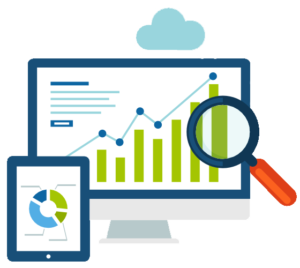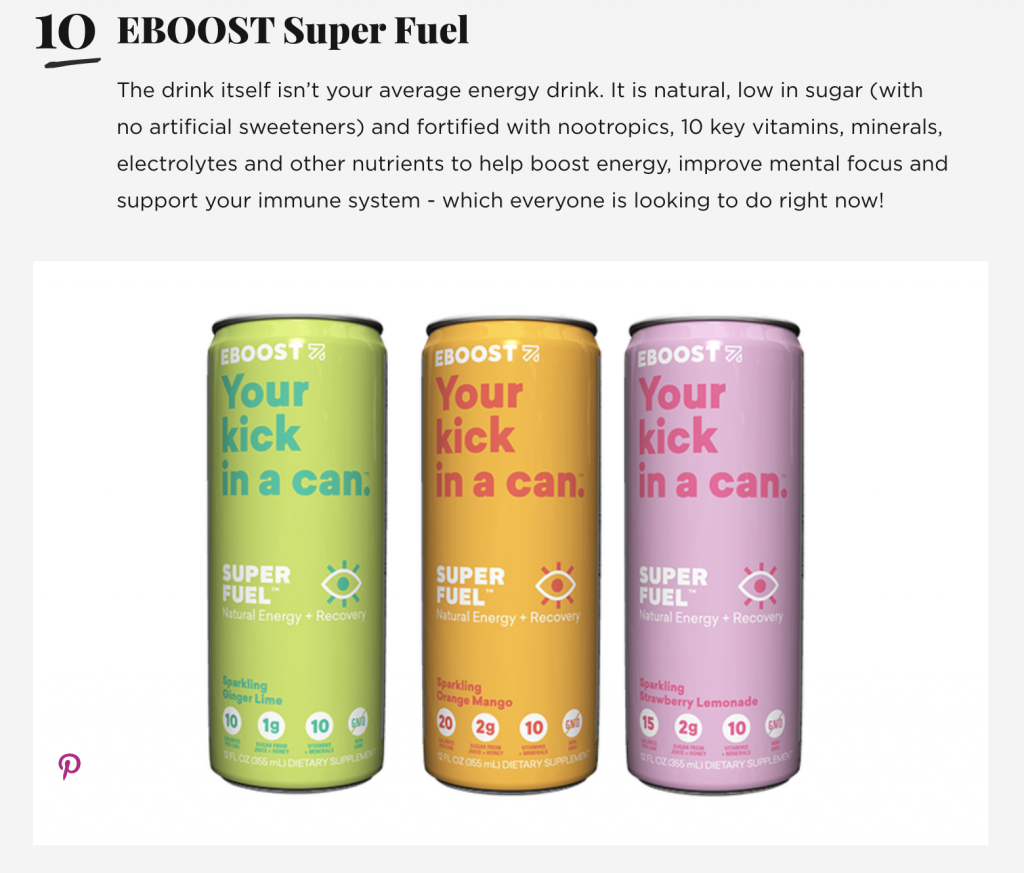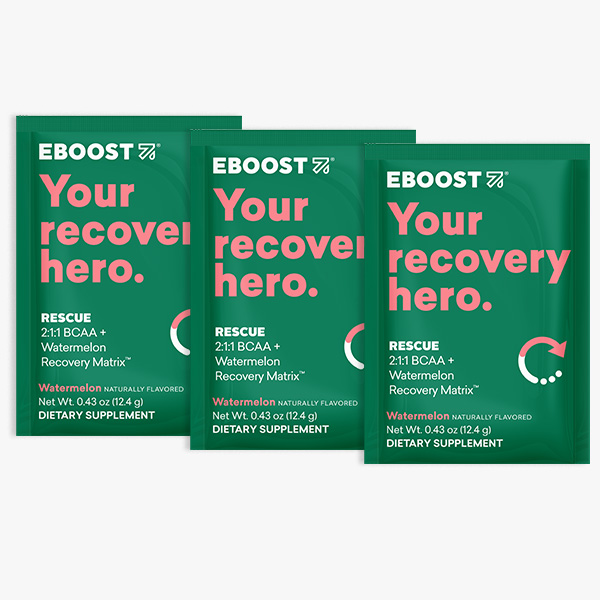The digital age didn’t so much creep up on us as ambush us suddenly in the nineties, and over time the internet has become even more enmeshed in our lives. Even having had decades to adjust to this new way of life, I still found myself taken aback by certain discoveries when we began to work on EBOOST.com, the e-commerce machine behind the EBOOST brand. Here are three of the more surprising lessons I learned from building an e-commerce business from scratch.
You are forever aiming at a moving target.
Digital is not a game of linear processes. Never can you look at a task and truly say that it’s finished. At the very best, you can say that it’s finished for now. Take our e-commerce site for instance; our first build was impressive, and I was proud of our team for putting together such a slick, clean site that I felt represented the brand well. But that was 2007, and as you can imagine the site would look laughable to us now. It has undergone countless iterations since then to keep it looking fresh and playing nice with the almost infinite different browser configurations of our visitors’ devices. Everything from web development to SEO, SEM, and email marketing requires a constant understanding of how customers and the digital landscape evolve over time, and failing to adopt and adapt new best practices is a killer for an e-commerce site.
Data is huge.
“Big Data” has become the new buzzword in business, but for an e-commerce portal it’s legitimately valuable. For bricks-and-mortar operations, the job of monitoring customer behaviors is sometimes more art than science, and requires everything from focus-group testing to secret shoppers, usually mediated by a pricy consultancy whose studies can cost millions to complete.
Thanks to e-commerce analytics, however, we can now derive keen insights from the data collected anonymously as our visitors make their way through our site. We can see, for instance, if customers exit the site at a particular page at a greater rate than we’d expect, and undertake subtle optimizations to try to retain them. We can see if users with certain browsers are less likely to make a purchase, and optimize the site so that they have a better experience next time. We can even see how long they spend on a page before making a purchase, and ask questions that help us help them. Did they linger because they were confused? Were they uncertain about their purchase? Or were they just reading all the way to the very bottom of the page? With site analytics, we can draw conclusions about customer behaviors that would otherwise be lost to us, or at the least very difficult to acquire.
Customers are not just data.
In spite of all the above, it’s crucial to remember that behind each blip signaling a visitor, there is a live human being with their own thoughts and preferences and motivations. I’ve written elsewhere about the importance of face-to-face interactions [insert hyperlink here], and it rings true here. It’s very easy to treat e-commerce optimization as a game of data application, but you’ll find yourself losing or disappointing customers if you don’t take the time to separate the person from the “user”. Studying data sets can absolutely make your operation more capable and efficient, but without an understanding of the soul of your audience, you’re unlikely to make your product the best it can be.






